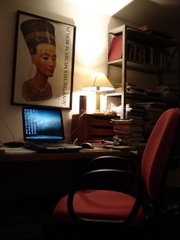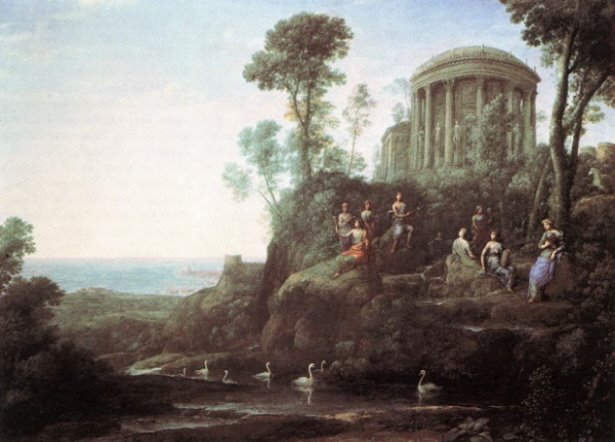+Andy+Warhol,+%23+204+Marilyn+Diptych,+Acr%C3%ADlico+st,+205,4+x+144,8+x+2+cm,Tate+London.jpg)
(1962) Andy Warhol, # 204 Marilyn Diptych, Acrílico sobre Tela, 205,4 x 144,8 x 2 cm,
Tate Gallery - Londres.
Segundo Richard Brilliant,
"The effective combination of mechanical or electronic reproduction and tendentious redudancy has been deliberately exploited by Andy Warhol in a number of Pop portraits of the 1960s, such as his huge Marilyn Diptych in the Tate Gallery. Fifty identical images of the actress-celebrity, Marilyn Monroe, slightly modified by colour and tone, are deliberately shown together in a single work, almost fourteen feet wide, to make a statement about the banality of popular imagery, about the insistent stereotyping of such images, about figural and non-figural pattern formation, about mechanical printing - but very little about Marilyn Monroe (itself an alias). Warhol's Marilyn is about image-making rather than portraiture because the work so clearly emphasizes the mechanism of popular representation in the modern age but not the person represented.
Here, and elsewhere, Warhol seems to deprive the portrait of much of its deeper referential content in order to suggest both the artificial confection of her public personality and the relative invisibility of the person behind the public image, the latter offered as a commodity for the viewer's consumption. Yet his Marilyn retains her identity in the public consciousness despite the fact that her image has been reduced to her smiling face with its crown of blond hair, unsupported by the voluptuous figure that was no less an essential part of her persona. Warhol's concentration upon Marilyn's image-sign, and his replication of it, forces the viewer to connect this art work with the broader phenomenon of mechanical reproduction that inevitably erodes the status of an original, even the original in the portrait. Yet, the viewer has no difficulty in providing the name of that original because the artist has retained enough of her synthetic image to make identification certain. So familiar have her features become through repetition that the denotative power of her image is absolutely firm, even without a label." *
O que eu acho interessante nesta obra de Warhol é o fato dela ser um díptico, ou seja, não é por acaso que o artista escolhe colocar lado a lado um conjunto de "retratos" coloridos de Marilyn Monroe e outro em preto-e-branco. A análise de Brilliant me parece estar correta, mas é preciso enfatizar este aspecto dual da obra. É por meio dele que se constrói a idéia da obra ser sobre o fenômeno da produção imagética (que, em última medida, fabrica personalidades...) e não um mero retrato da artista-celebridade. Sem esse elemento que contrasta os dois padrões distintos de reprodução da imagem o sentido da obra permaneceria vago.
*Brilliant, Richard. Portraiture. Cambridge, Mass.: Harvard University Press, 1991, pp. 47-49.

